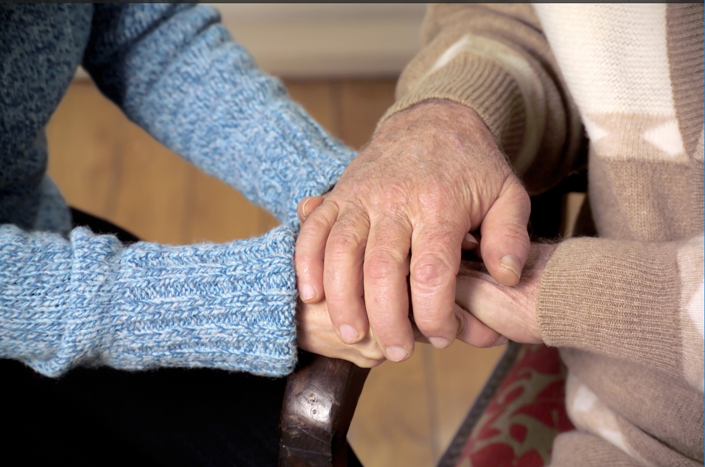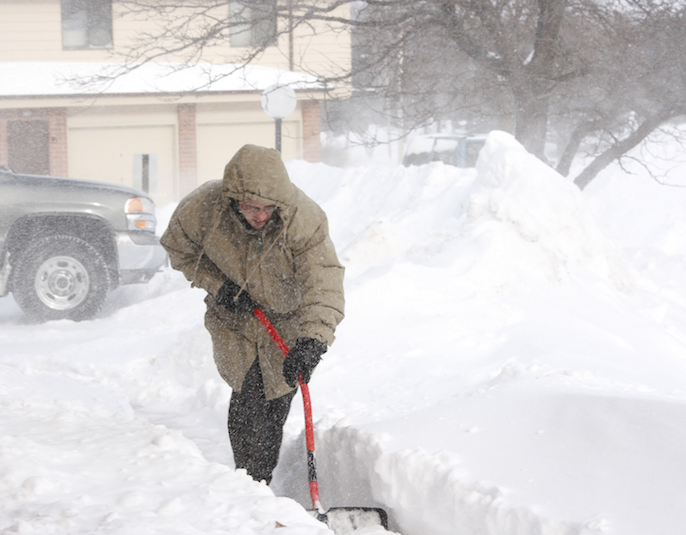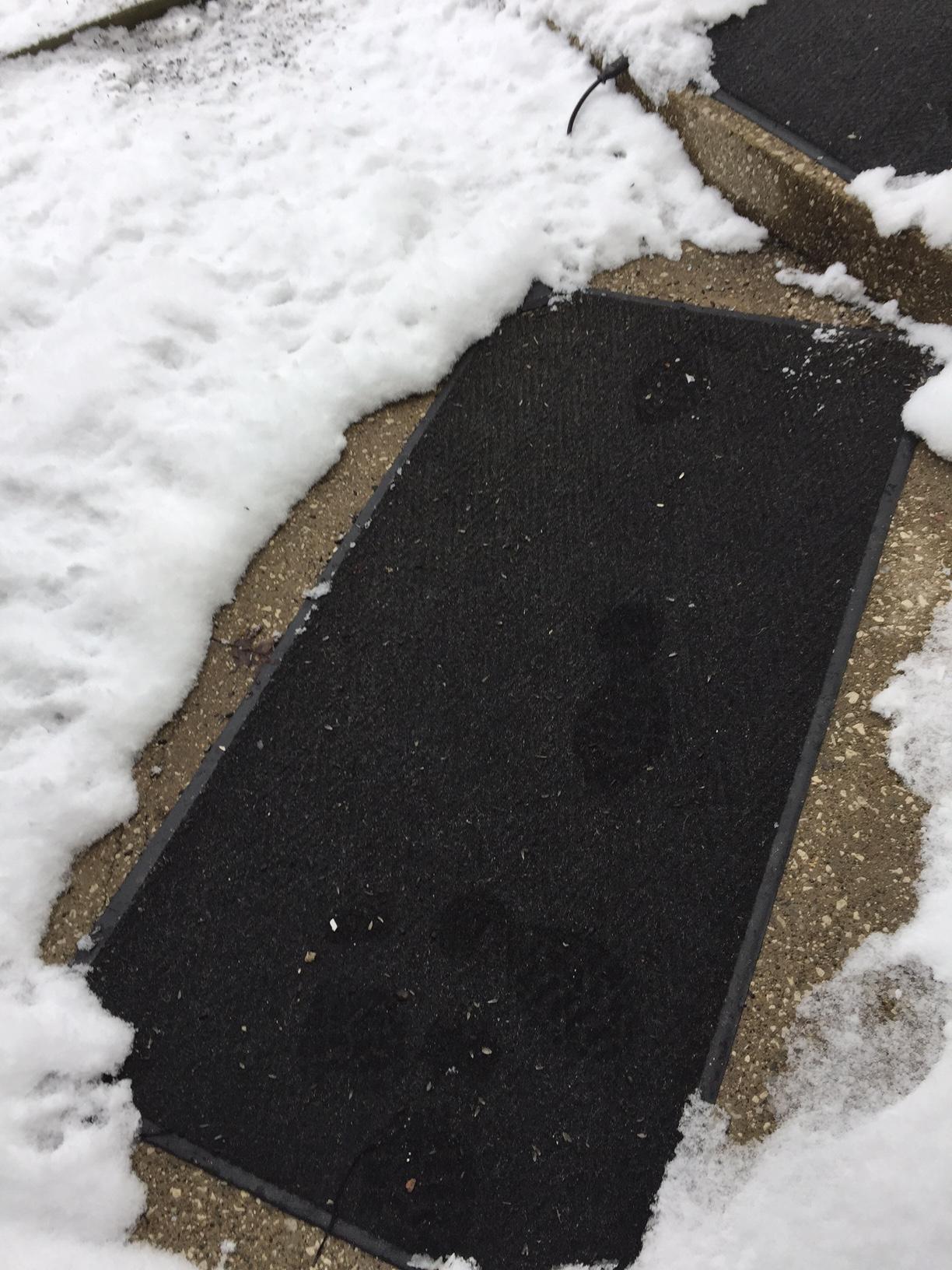
According to the Centers for Disease Control and Prevention, slip-and-fall accidents are the leading cause of injury for those age 65 and older, with over a third in this group falling fatally or non-fatally each year. The disabled also experience high rates of slip-and-fall incidents, and every year, thousands are hospitalized for fall-related fractures, sprains, dislocations, and rotator-cuff tears.
It is true that vision impairment, delayed reflexes, difficulty maintaining balance, and the side effects of various medications all contribute to the frequency of elderly and disabled fall accidents. It is also true, however, that more of these accidents occur during winter than at any other time of year.
Maintaining a healthy diet with plenty of calcium and vitamin D, avoiding nicotine and alcohol products, and regular monitoring of eye strength, cardiac health, and blood pressure levels will reduce the risks of a fall. However, there are also other resources that can greatly improve winter safety, including these five:
1. Glow in the Dark Tape
Power blackouts are common during winter months, which can not only be a great inconvenience, but also a great danger for the elderly and disabled. To prevent any dangerous falls or injuries in the home during such times of low visibility, stick glow-in-the-dark tape around the house to illuminate stairs, sharp edges, a change from a solid floor to a carpeted area, the way to the bathroom, the way to an emergency power source or fuse box, etc. The tape can be secured to walls, furniture, and other surfaces, and will be an important source of light during an electric outage.
2. Motion-Sensing Lights
Keeping your driveway, entryway, and the foot-path between them well lit will prevent missteps onto ice patches and stumbling over snow piles. Automatic sensor lights are convenient to use and can be mounted in ideal positions. Many models have spotlight and floodlight settings, automatically stay off during daylight hours, are waterproof, and run on energy-efficient LED bulbs.
3. Snow-Melting Mats
While salt will melt the snow on your walking surfaces, it is also harsh on pavements and requires repeated applications, which might not be so easy for the elderly or disabled to maintain. A snow-melting mat only needs to be laid out once for the whole winter season, and it can be easily turned on and off to save power when snow and ice are not an issue. These heated floor mats consist of two layers of rubber with a heating element in between. They can melt two inches (5 cm) of snow per hour, and evaporate the melt-off to keep your pathways, stairs, and entrance area dry and safe to walk on. Further, industrial sized mats can be laid on the driveway to allow for safer vehicular entry and exit.
4. Remote Vehicle Starters
We have covered safety improvements from inside your home, to your house door, to your car door already above, but using a remote start-up device will make complete this "winter safety upgrade." Modern remote starters can be used from a distance of 2,000 to 3,000 feet (609.6 - 914.4 meters), can turn on the defroster or heaters, and lock/unlock car doors. They can also alert you when the cabin temperature is sufficiently high and turn on the headlights so you can find the vehicle easily at night.
5. Medical Emergency Alerts
All of the four above resources help prevent slips and falls, but the possibility of such an accident can never be eliminated. Thus, an emergency alert device that lets you contact 911 at the push of a button adds greatly to winter safety. The pendants or wristbands work at 150 feet (45.72 meters) or more from the indoor console, which is connected to your phone line. Some models even contact the monitoring center if your device stops working or senses a sudden impact. Carrying a cellphone at all times is also a recommended option, but the emergency alert provides the ease of a one-button-push solution.
Elderly and disabled homeowners are more vulnerable to injury or death from winter time slip-and-fall accidents. There are resources available, however, that can minimize the risks of walking from entryway to vehicle.


